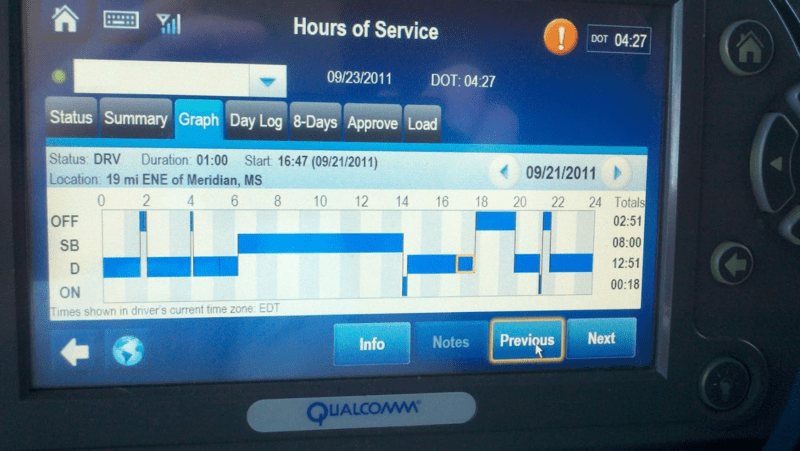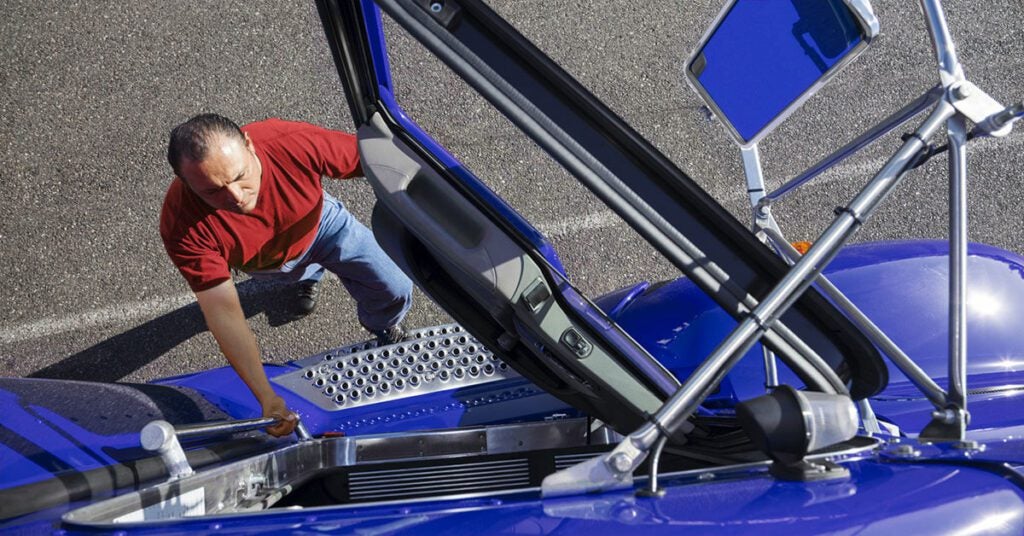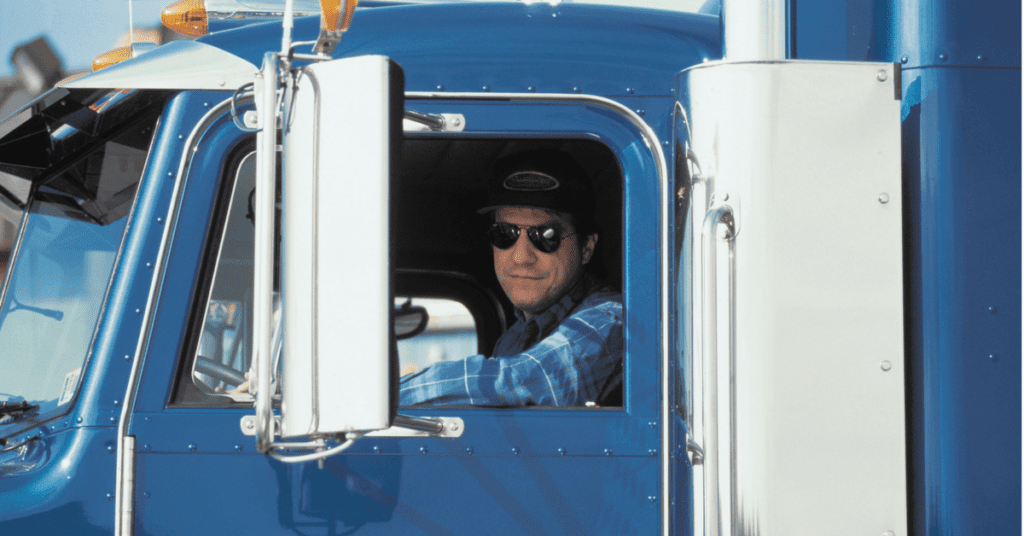
The FMCSA recently published its long-awaited proposal for an electronic logging device (ELD) mandate.
The timeline is still up in the air, but the mandate could still take effect as early as 2016. Despite strong opposition, the mandate appears to be imminent – so now the question is: how will it impact the carriers and owner operators who haven’t adopted the technology?
There are an estimated 2.6 million trucks that don’t have ELDs installed. Stephens Research estimates that the mandate “could reduce utilization of capacity by 4%-8% industry wide,” due to the fact that “fudging” logbooks would no longer be an option.
A further decrease in loaded miles puts latecomers at a disadvantage, especially since HOS rules changes have already reduced productivity 3-5%. Carrier rates aren’t keeping up with the productivity losses either, according to a study based on rates from DAT RateView™.
How can you prepare?
In a recent Forbes article, Dan Murray with the American Transportation Research Institute (ATRI) said the trucking industry’s profit margin is about 3.6 cents on the dollar. That means the return on your investment in an e-log system needs to “have a pretty fast payback or break-even point, within 12 to 18 months,” according to Murray.
Like them or not, ELDs provide a number of benefits that could help you streamline your operations, including faster inspections, error-free logs, faster and more accurate dispatching, fuel management, navigation, and more.
But figuring out all of the features and how to make them work for your business takes time. So if you’ve been putting off e-logs, now is a good time to start preparing so you can get the most out of the technology to help maintain your profit margin and remain compliant once it becomes a reality:
Fleet Equipment Magazine outlines some of the top questions you should be asking when choosing an e-log provider, including:
1. What is the length of the contract period with the vendor? You don’t want to get locked into a long-term contract with a provider you aren’t happy with.
2. What other services are available through the vendor? Some services might be cheaper, but value-added services like weigh station bypass and IFTA compliance could help save you money in the long run.
3. What are all of the costs involved (hardware, monthly service, installation, etc.)? Like any contract, make sure you’re aware of all costs involved and that there will be no surprises.
4. How long has the company been around? Many new vendors may “come out of the woodwork” after a government mandate, so make sure they are committed to future compliance.
5. What does the set up / implementation involve? Make sure the vendor is up front about how to install the hardware and set up. You may need to work with an IT provider to take full advantage of all the features.
6. How reliable will the hardware and the provider be? Consider the overall reliability of the system out on the road to avoid potential compliance issues due to system failure. Also make sure to ask questions about technical support from your vendor.
7. Are the presentation logs easy to read and understand? Make sure the presentation of the logs is clear and self-explanatory for roadside checks.


